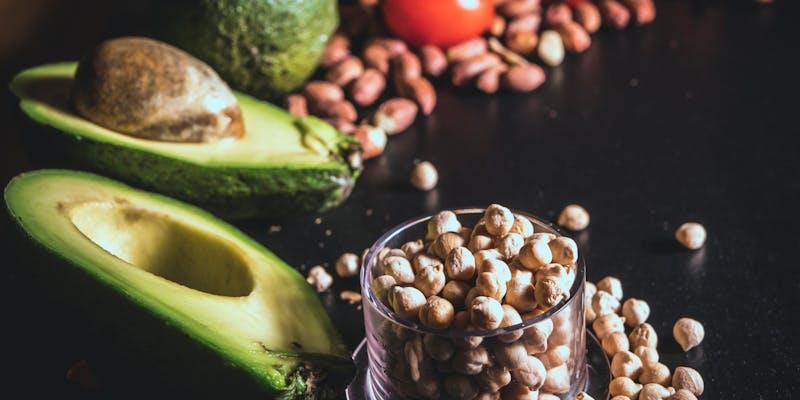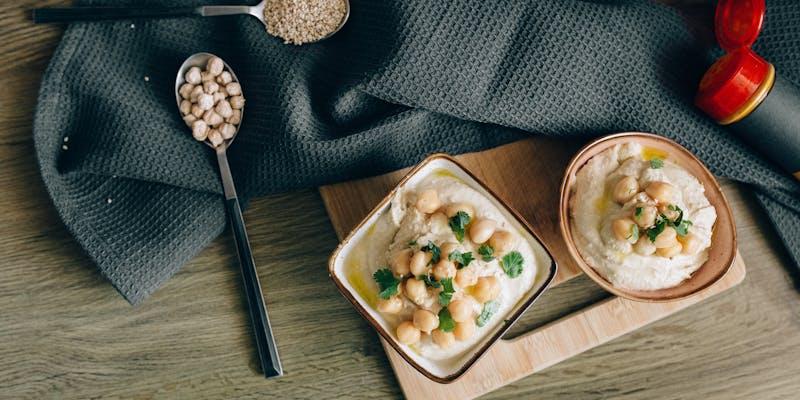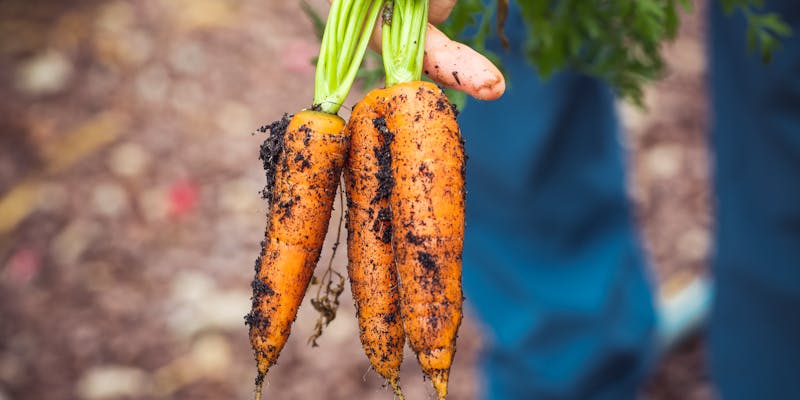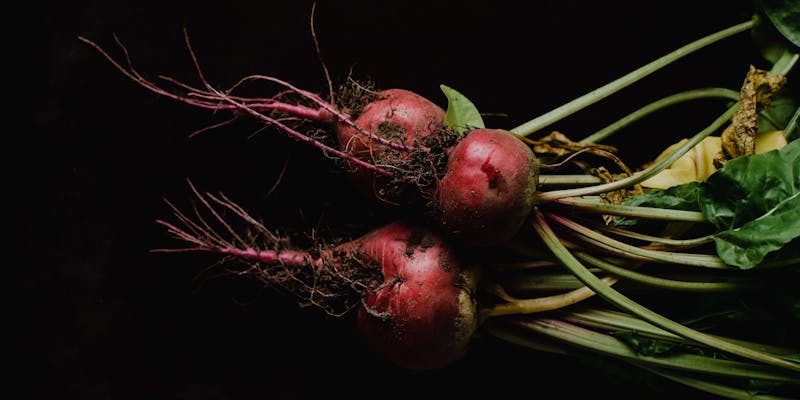Chickpeas (also known as garbanzo beans) are highly regarded among the numerous applications of legumes. Roasting them for a crispy nibble, incorporating them into soups and stews, preparing falafel and hummus, or even preparing savory pasta are all inventive ways to utilize fresh chickpeas.
Background Of Chickpeas
Chickpeas' subtle nutty flavor is accentuated by various ingredients, including garlic and olive oil originating from the Middle East, fiery chilies from Latin America, and many others. Incorporating fresh chickpeas into heated or chilled recipes renders them a multipurpose pantry essential.
It has been researched that chickpeas have been cultivated in France since 6,790 B.C. and in Turkey since 3,500 B.C. However, they are primarily grown in India today. Arizona State University botanists assert that fresh chickpeas are the legumes with the greatest international recognition. The cultivation of these non-native plants spans across fifty distinct nations. Around two feet in height and adorned with delicate foliage, the plants develop from seed pods containing two to three legumes.
According to ASU, a fascinating anecdote from postwar Germany states that a coffee-like beverage was prepared using ground chickpeas or garbanzo legumes. Ground chickpeas are utilized in numerous civilizations to produce flour devoid of gluten. In contrast to India, where salads of matured and steeped chickpea leaves are prevalent, the Philippines favors desserts made with them and sugary nectar.
Chickpeas Nutrition

Nutrients abound in legumes and lentils. A cup of stewed legumes contains the following fourteen nutrients:
- Calories: 269
- Fiber: 12.5g
- Sugar added: 7.87 g
- Protein: 14.5 g
- Fat: 4.25g
- Sodium: 399 mg
- Carbs: 44.9 g
Legumes are a storehouse of antioxidants, vitamins, and minerals. An ounce of cooked chickpeas satisfies roughly half of the daily manganese requirement. Manganese helps with energy production, cell protection, bone health, and the immune system.
Chickpeas for Losing Weight
Making chickpeas the most of your diet is how you lose weight. Their capacity to limit hunger feelings and satisfaction while providing essential nutrients for the body makes them a perfect dietary supplement to the weight loss diet. Diets rich in fiber and calories containing chickpeas help achieve weight loss. These can be combined with an active lifestyle. As they slow digestion and elongate the feeling of fullness, kindly remember that fresh chickpeas are your allies if you want to manage your caloric intake and hold back your urge to binge.
Research shows that a lack of chickpea intake could significantly raise abdominal circumference and BMI index. The research states that a 53% reduction in body mass index (BMI) is one of the benefits of taking legumes daily to manage weight. Another study reported that daily consumption of legumes resulted in a 25% weight loss improvement. For those trying to lose weight, meal planning should include organic chickpeas. Being loaded with nutrition and satiety, they are the ultimate weapon against calorie count. Combine them with other healthy dishes and participate in frequent physical exercises to gain rewards.
Recipes With Chickpeas

Crispy Roasted Chickpeas
Organic chickpeas are an awesome snack because they get oily while being a good source of protein, fiber, and other nutrients. Add the legumes to olive oil and preheat the oven to 400 degrees Fahrenheit. You may employ a fork or your hand to do this. Coat the vegetables with coarse black pepper and sea salt and roast them for twenty minutes. In the end, you have a great, well-seasoned roast.
You can experiment with different flavors like spicy, garlic, and thyme. Additionally, ginger combined with a dash of teriyaki or soy sauce could be utilized. Due to chickpeas' buttery and neutral flavor, there is no reason to be apprehensive about attempting new compositions. These are lovely when accompanied by vegetable fries.
Falafel and Hummus
Making Falafel
Before preparing falafel, cook, rinse, and marinate organic chickpeas. Use a utensil to pulse or blend the ingredients in a food processor. Season with salt and pepper. Coat patties with a thin layer of flour, cumin, garlic, minced onion, and diced parsley.
An egg is a concealed component in patties made from organic chickpeas. Pinch the patties slightly with your finger to compress them into spheres about the size of a large date. Refry the mashed chickpeas patties for one minute while utilizing oil such as canola or vegetable oil to heat the oil. Despite their golden brown exterior, these fried delights retain their diet-friendly status when drained onto paper towels.
Making Hummus
Puree the legumes until smooth. Make a homogenous mixture with a pinch of lemon juice and olive oil. Small amounts of tahini and minced garlic are plenty. Blend or process the ingredients into a thick paste, adding olive oil and tahini as required. Add crudites to this drink for a tasty and nutritious way to lose weight and flavor.
Only India and northern Italy produce organic chickpeas. Instead of being angular like larger legumes, black lentils seem like stones. In nutrition and cooking, black lentils are identical to their whiter counterparts. This hummus with black chickpeas, vibrant turmeric, and green olive "eyes" is perfect for Halloween.
Chickpea Pasta
Wheat pasta is unhealthy and unpalatable compared to mashed chickpeas pasta, which is ideal for those who are gluten intolerant, celiac disease-affected, or allergic to wheat. As reported by TIME magazine, mashed chickpeas pasta's protein and fiber contents may be as much as double those of wheat pasta when fortifying agents such as xanthan gum, tapioca, or water are utilized.
The most frequent mistakes people make when preparing gluten-free pasta are not soaking the water, overcrowding the saucepan, simmering the pasta for an extended period, and failing to remove it from the filter after straining.
Chickpea pasta generates more foam than wheat spaghetti, so use a larger saucepan and fill it two-thirds of the way with the mixture. Master Chef Lapine suggests using two teaspoons of salt per pound of pasta. Pour the olive oil over the pasta as it cooks or immediately; stir intermittently.




